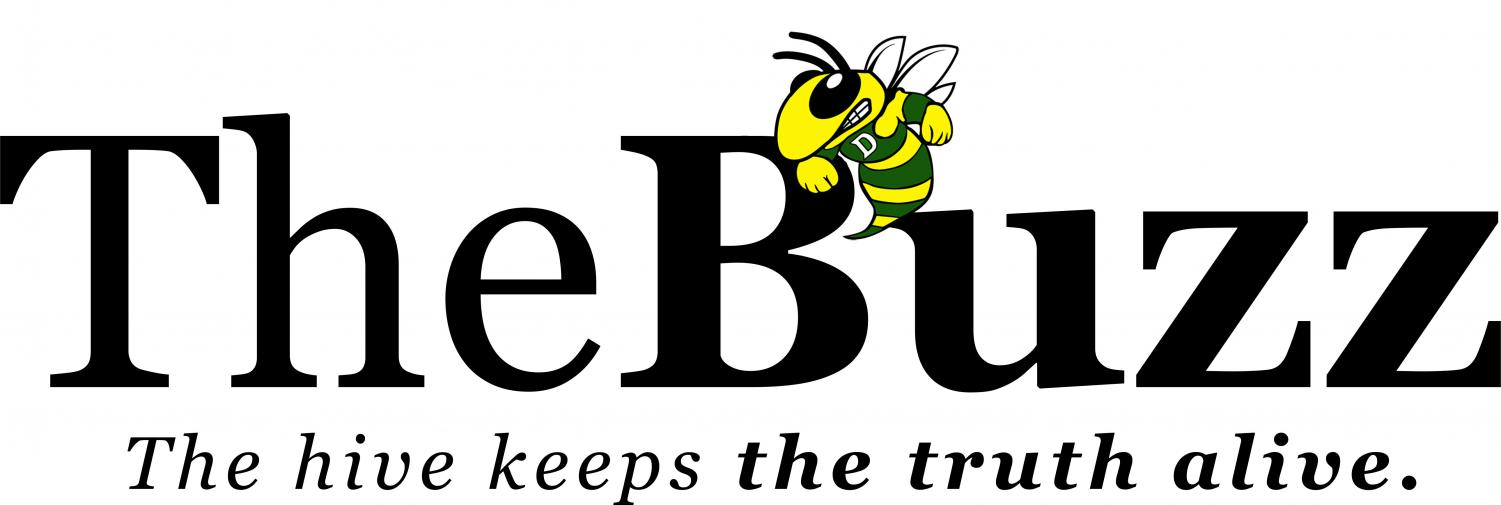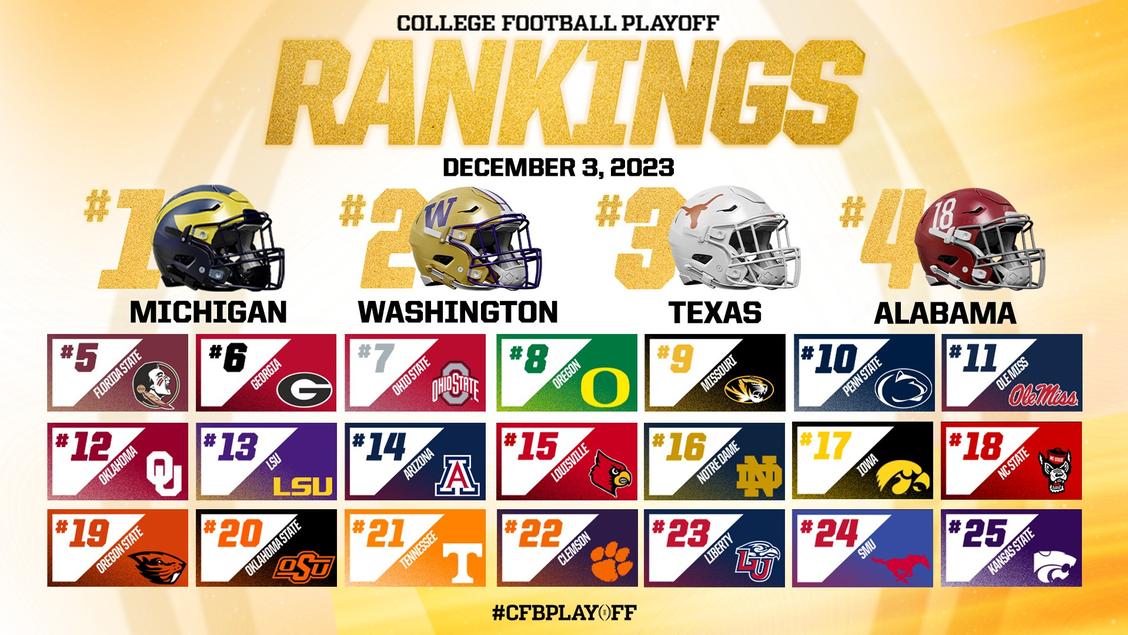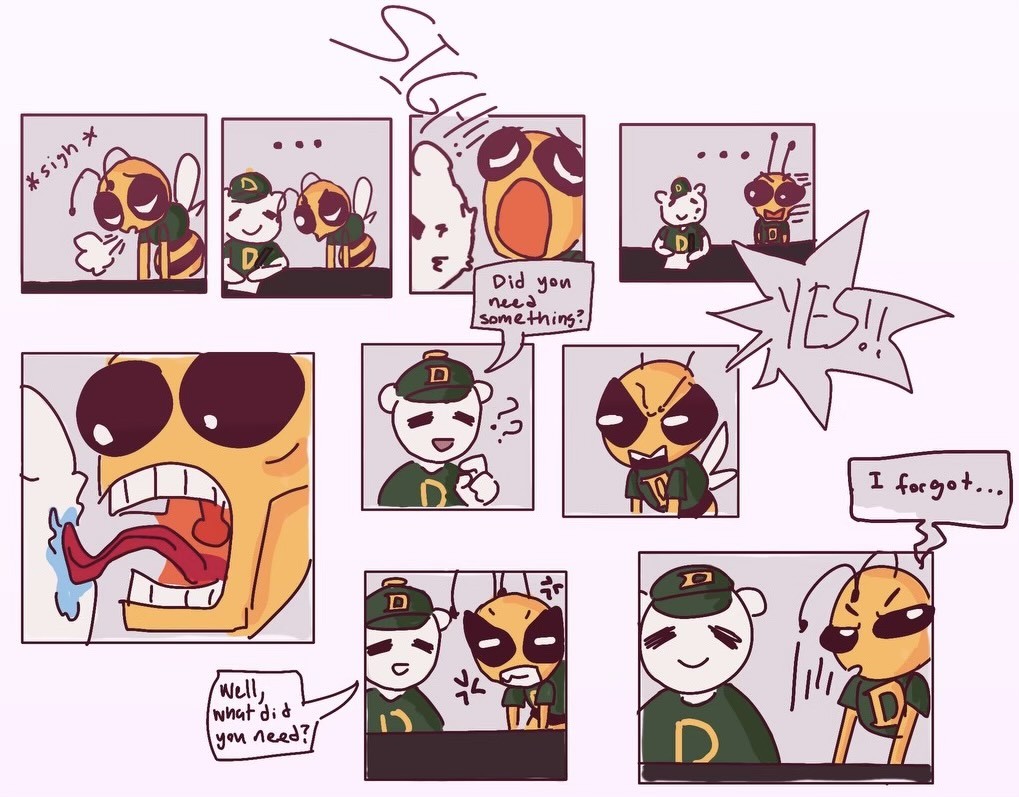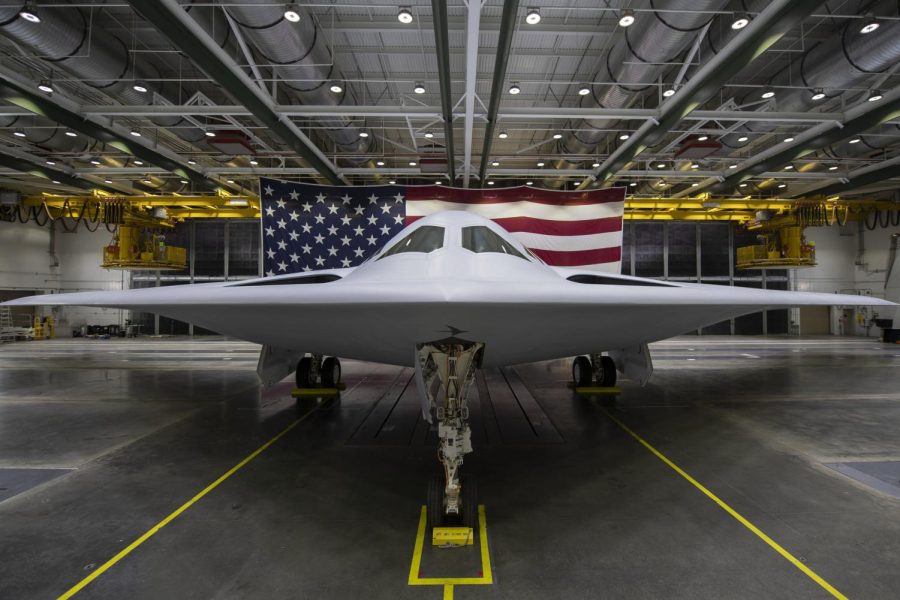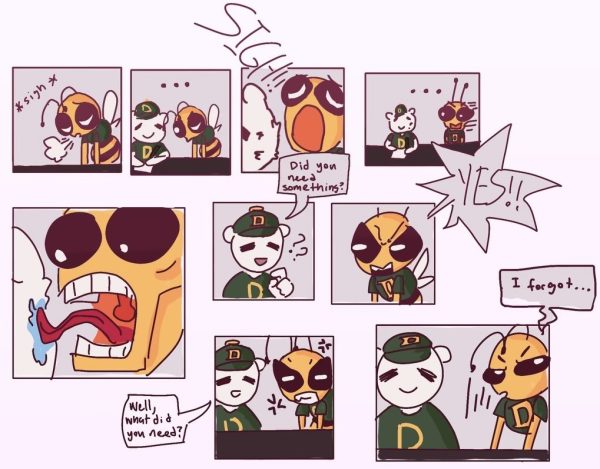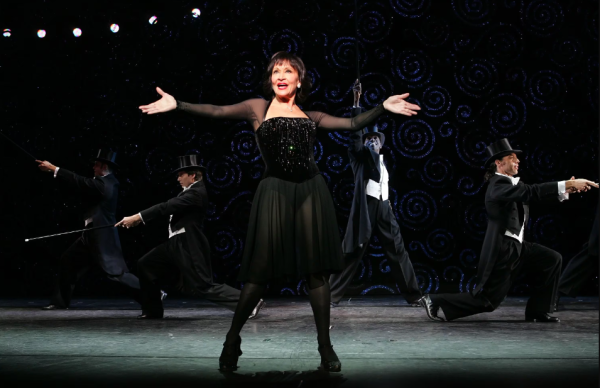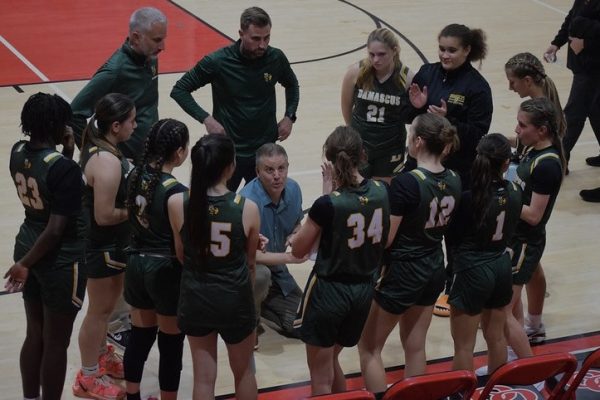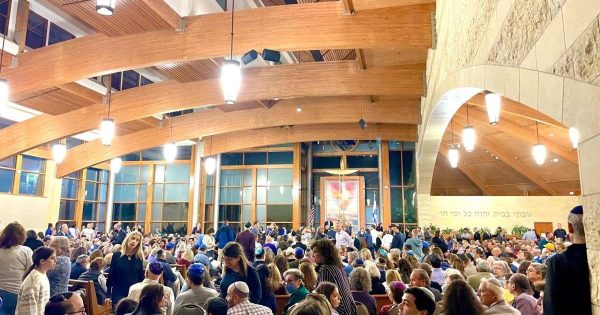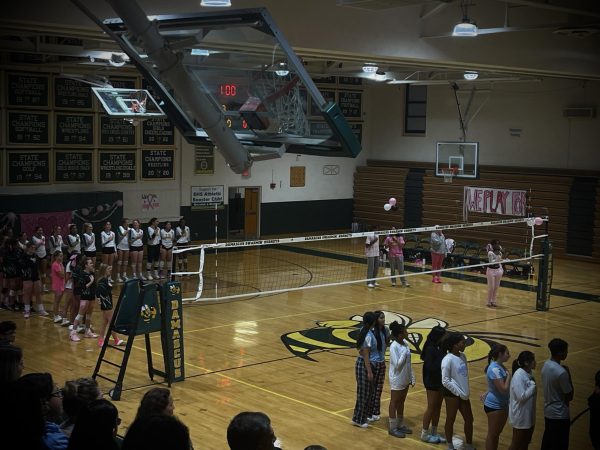Revelry in the Dark
The new stealth bomber aims to retain U.S. technological superiority for decades to come.
December 16, 2022
On Dec. 2nd Northrop Grumman Corporation unveiled the B-21 “Raider,” the newest strategic stealth bomber procured by the United States Air Force.
The aircraft, with its idiosyncratic “bat-wing” shape, was tugged out of a hangar at the Northrop Grumman facility at U.S. Air Force Plant 42, a manufacturing facility located in Palmdale, Calif. just north of Los Angeles. This is the location where the military engages in its most secretive work, according to The Washington Post.
Speaking in front of the hangar, U.S. Defence Secretary Lloyd Austin claimed that the aircraft was proof of the U.S. Department of Defence’s commitment to constructing state-of-the-art capabilities, which “will fortify America’s ability to deter aggression, today and into the future.” He added that the stealth bomber has “50 years of advances in low-observable technology” weaved into its framework, which would keep even the most advanced air-defence systems from detecting the plane, even if it flies right above them.
“The B-21 looks imposing,” Austin stated. “But what’s under the frame and the space-age coatings is even more impressive.”
The program, estimated to cost upwards of $80 billion, has the Air Force seeking out at least 100 aircraft, making the “Raider” the first aircraft in U.S. military service that possesses sixth-generation technologies. The aircraft relies on artificial intelligence, computer networking and the fusion of data in order to assist pilots when they engage in long-range bombing missions, slipping in and out of enemy airspace virtually undetected by enemy radar systems. In addition, the Air Force is exploring the option of remote-controlled flight for the bomber, but this is most likely to occur a great many years after the bomber takes to the sky for the first time.
As expected, the majority of the program remains shrouded in secrecy, with media teams attending the unveiling in California expected to follow a set of ground rules, such as a cellphone ban within the viewing area and restrictions on how the aircraft is to be photographed for journalists.
The U.S. Department of Defence intends for the B-21 to replace the current fleet of Rockwell International B-1B “Lancer” supersonic strategic bombers and Northrop Grumman B-2 “Spirit” strategic stealth bombers, intending to do so by the 2040s.
In addition to the aforementioned two aircraft, the B-21 could also be slated to replace the aging fleet of Boeing B-52 “Stratofortress” strategic bombers, which have been in service for over 60 years. The unveiling of the “Raider” involved flyovers by the three aging bombers over the Palmdale location.
In excess of 8,000 people are employed to work on aspects of the B-21 project, with parts for the aircraft being shipped to Northrop Grumman’s Palmdale factory from 40 different states. Six prototypes of the B-21 bomber exist, with the first test flight set to occur next year.
